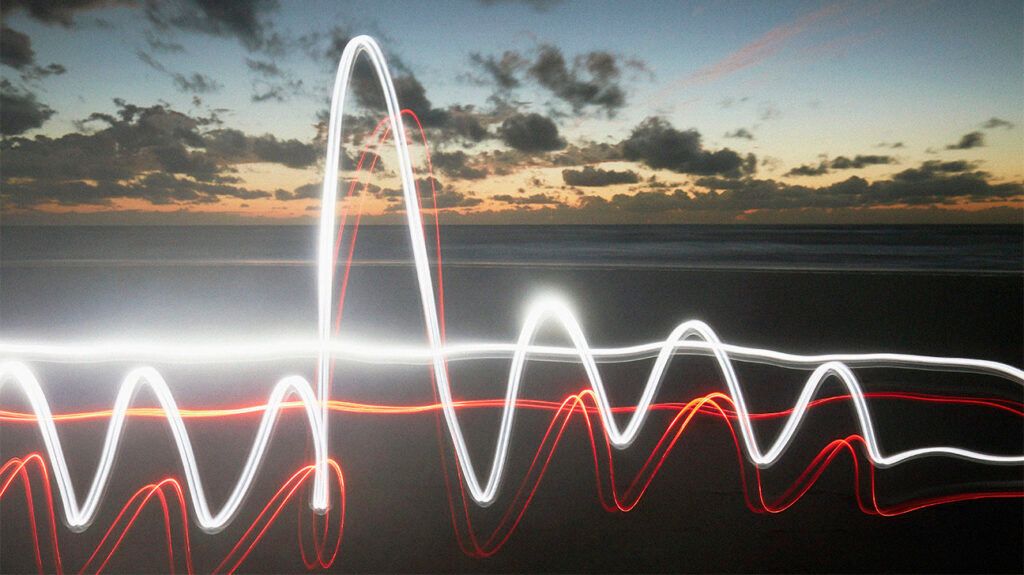Electrocardiograms (EKGs) help diagnose heart attacks and can accurately predict future ones. However, they are not particularly reliable tools for detecting previous heart attacks.
An electrocardiogram (EKG) is a tool that measures a person’s heart rhythm.
This article explains how EKGs work and how they detect a heart attack. It also outlines the potential for EKGs to detect past heart attacks and predict future ones.
It also discusses silent heart attacks and other heart attack diagnostic tools.

An EKG is a test that measures a person’s heart rhythm and electrical activity.
During an EKG, medical professionals attach special sensors to a person’s skin. These sensors record the heart’s electrical activity, including the electrical impulses the heart produces with each beat.
A machine records and processes this information. It provides a readout of the wave patterns that specialists analyze.
According to a
How heart attacks show up on EKGs is a complicated and technical matter. However, EKGs can identify some tell-tale signs of a heart attack in the form of ST elevations. In people with acute coronary syndrome, ST segment depressions may signal an obstructed artery.
These patterns involve the following EKG results:
- ST: This is when the ST segment of the EKG is abnormally low. This ST segment represents the changes that occur when electrical activity flows out of the ventricles, also known as depolarization. The ventricles are the two lower chambers of the heart. When they depolarize, they contract.
- T waves: T waves represent how the ventricles regain their electrical charge after having lost it. This is known as repolarization. De Winter T waves are a type of down-sloping T wave.
- R waves: Another way that EKG measures the extent of ventricle depolarization.
- aVF: This is an abbreviation for “augmented vector foot.” This EKG pattern comes from a lead that medical professionals attach to the left leg. It records electrical activity related to the bottom of the heart.
EKGs may be able to detect previous heart attacks. However, an EKG is not the most reliable way to detect previous heart attacks.
According to a
Ultimately, EKGs are more helpful in determining that someone has not had a previous heart attack.
EKGs may also help predict future heart attacks.
One
Another
According to the
- indigestion
- a feeling of having a strained chest or upper back muscle
- long lasting and excessive fatigue
The AHA estimates that around 20% of all heart attacks that occur in the United States each year are silent.
EKGs are not the only tests available for diagnosing heart attacks.
According to the
Doctors can also use heart imaging tests to determine whether someone’s heart is functioning correctly. These tests include echocardiograms and computed tomography (CT) scans.
Learn more about heart CT scans.
Cardiovascular health resources
Visit our dedicated hub for more research-backed information and in-depth resources on cardiovascular health.
EKGs work by measuring the electrical signals in a person’s heart. They can detect heart attacks as they are happening by picking up on abnormalities in ventricle depolarization and repolarization.
Evidence suggests that EKGs can detect previous heart attacks. However, they are much more reliable at detecting the absence of previous heart attacks. They can also help to assess the risk of future heart attacks.
